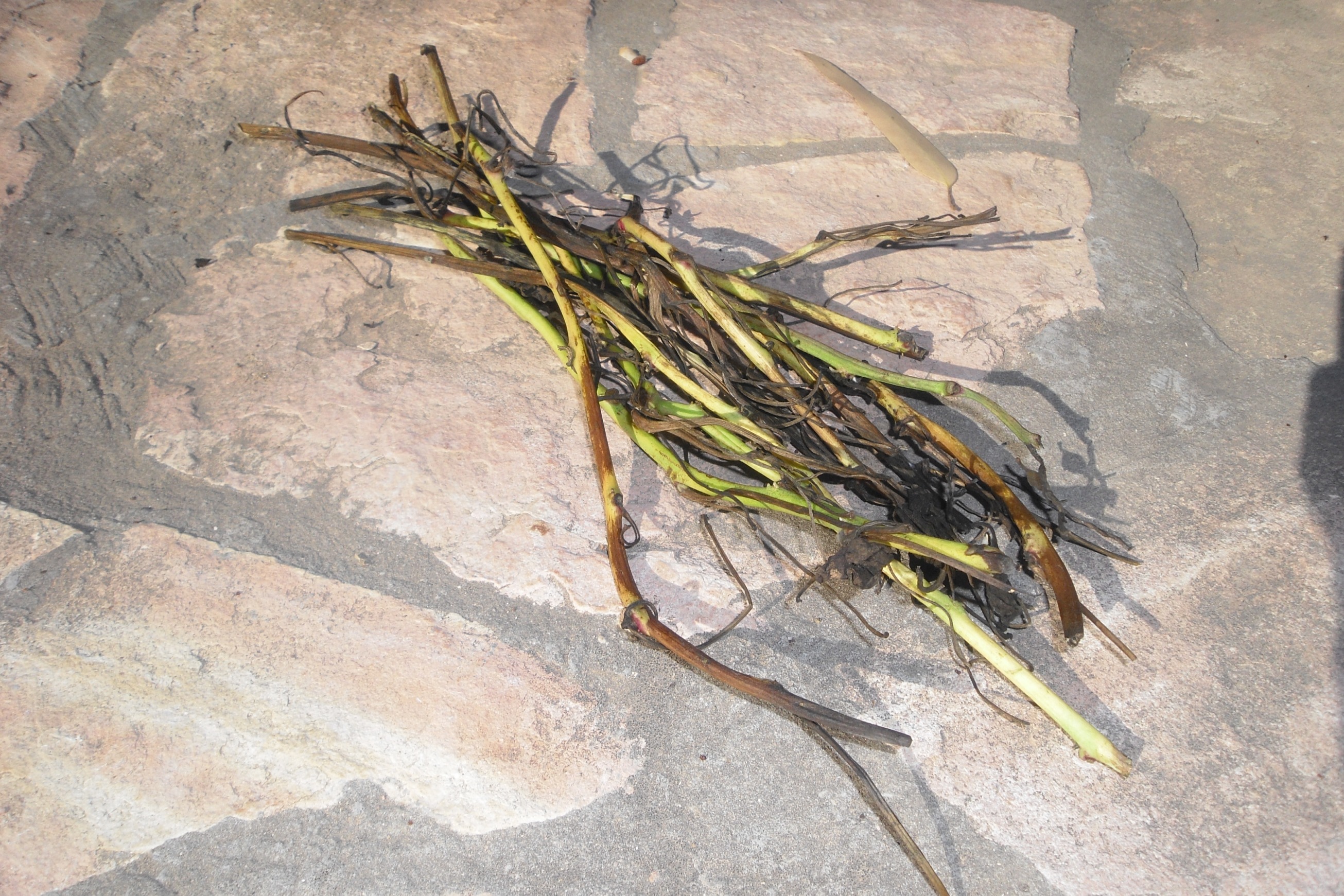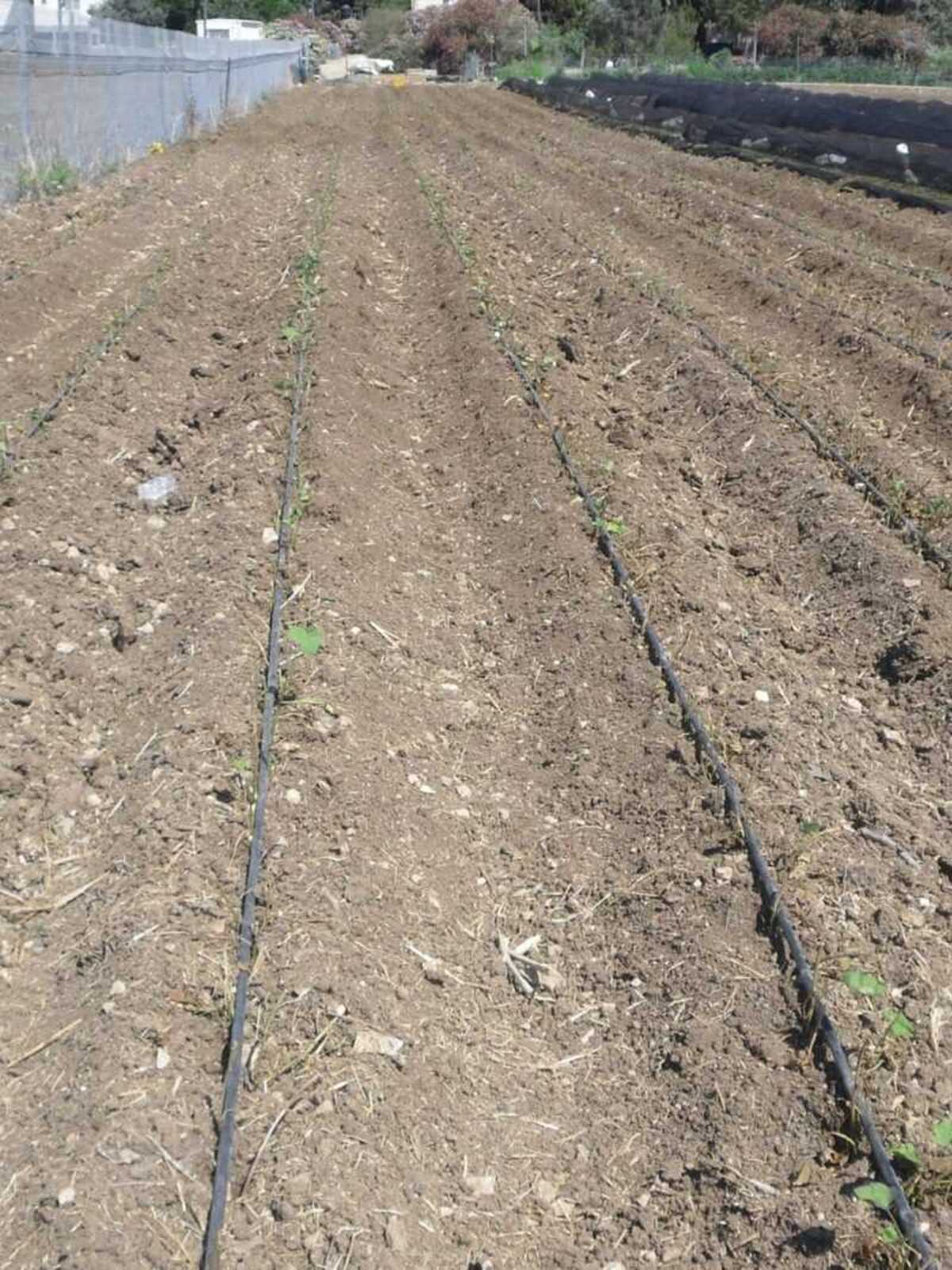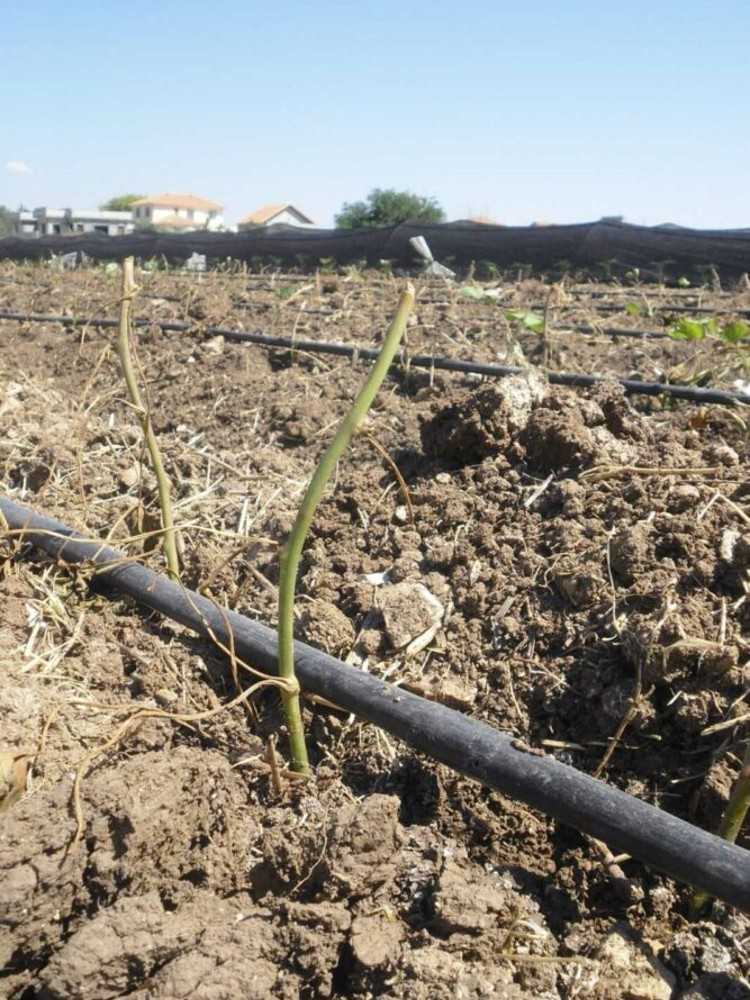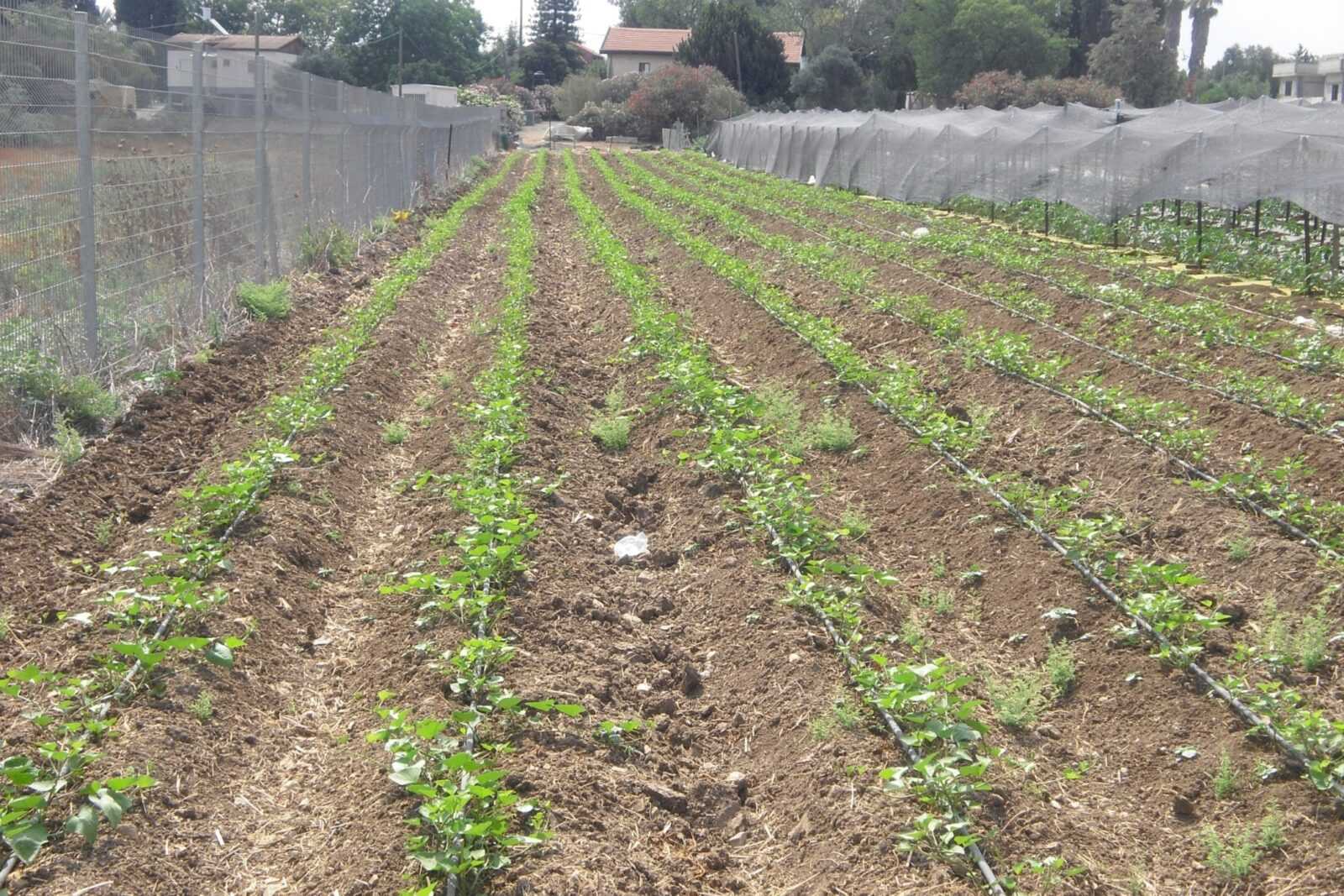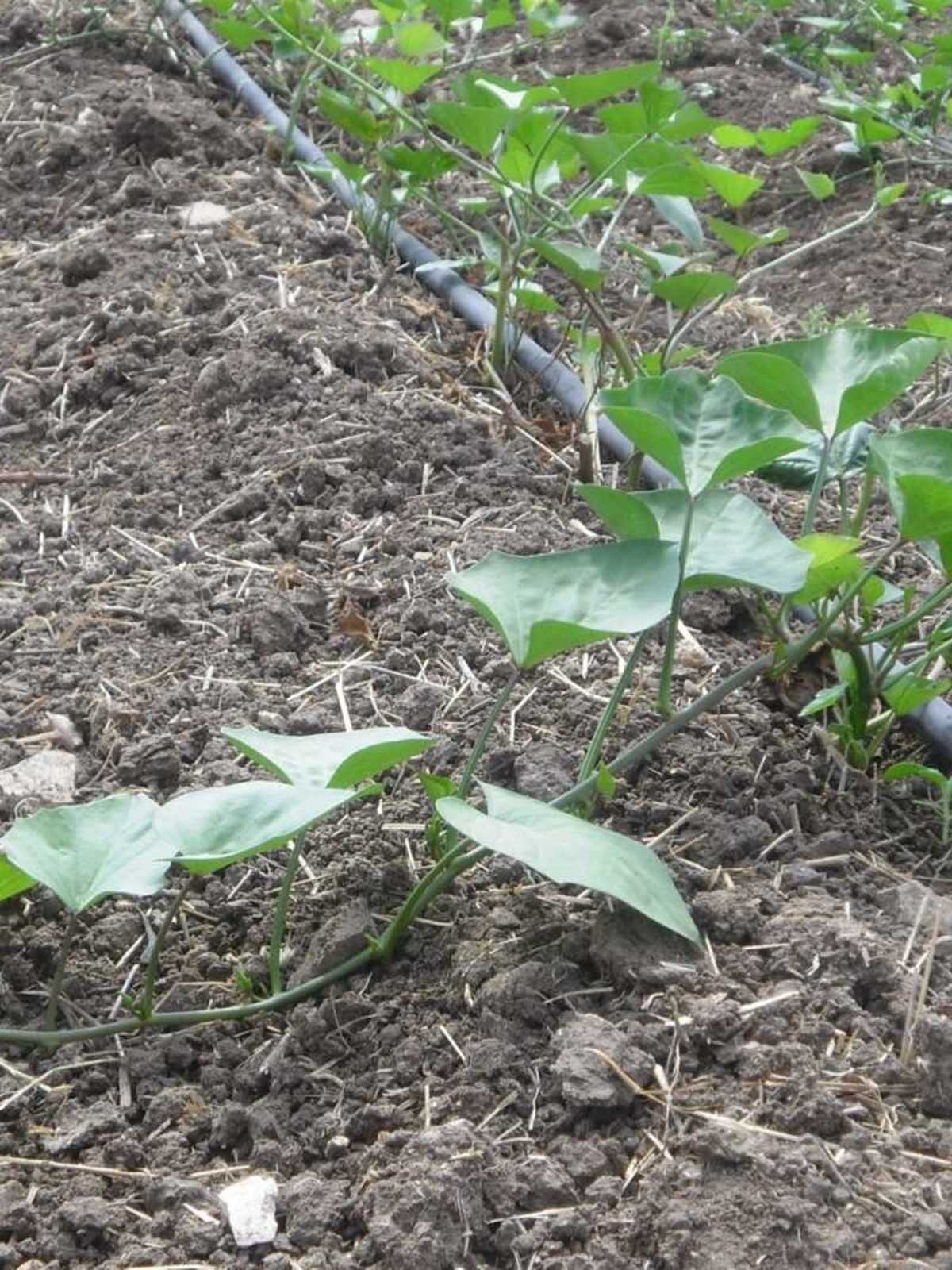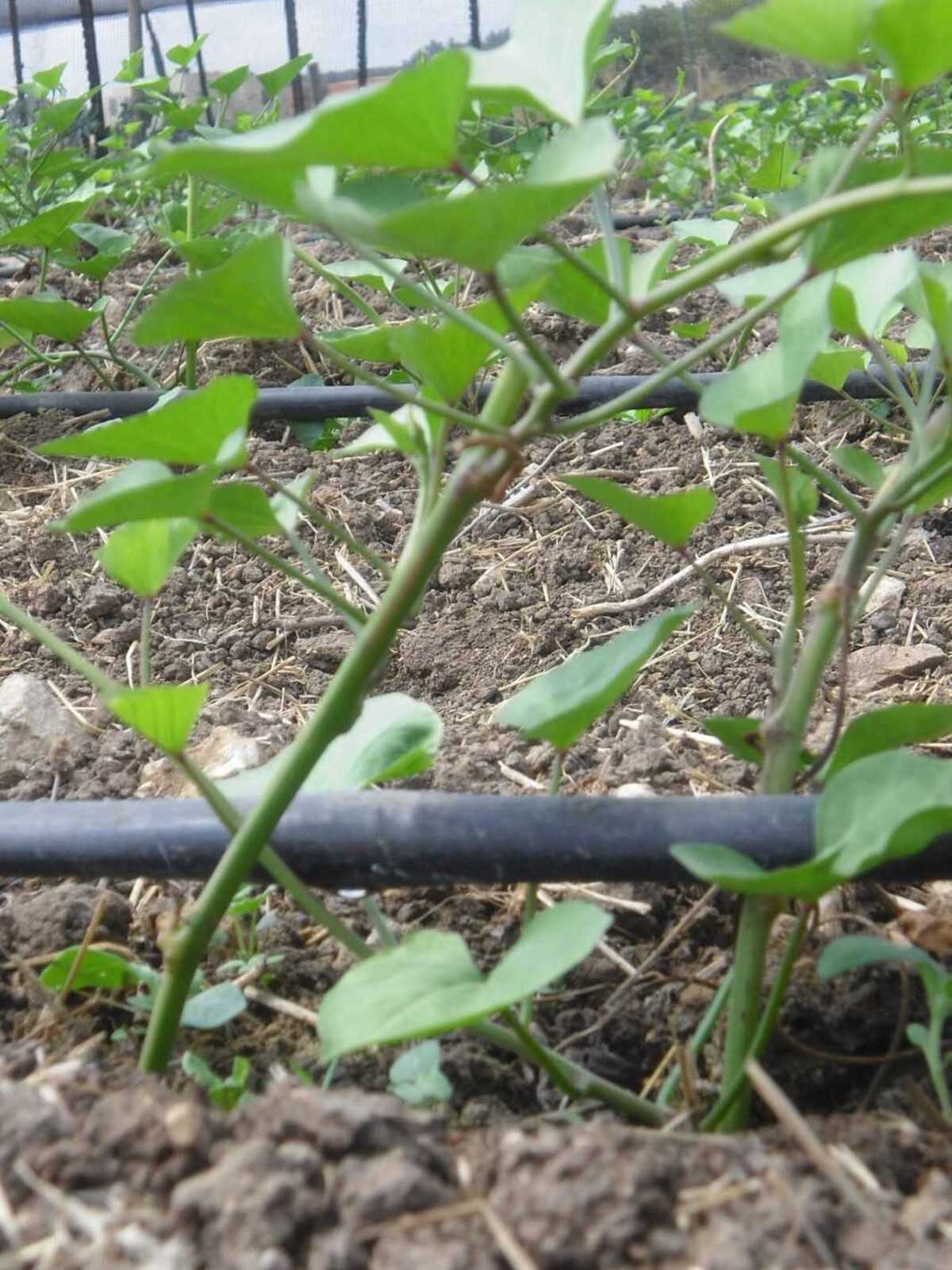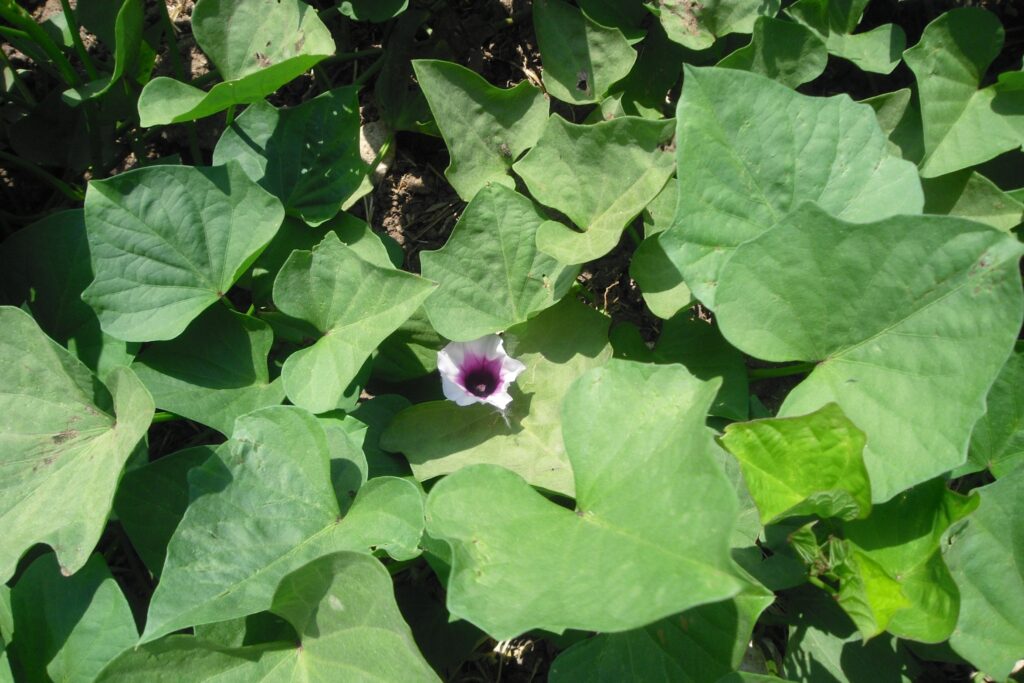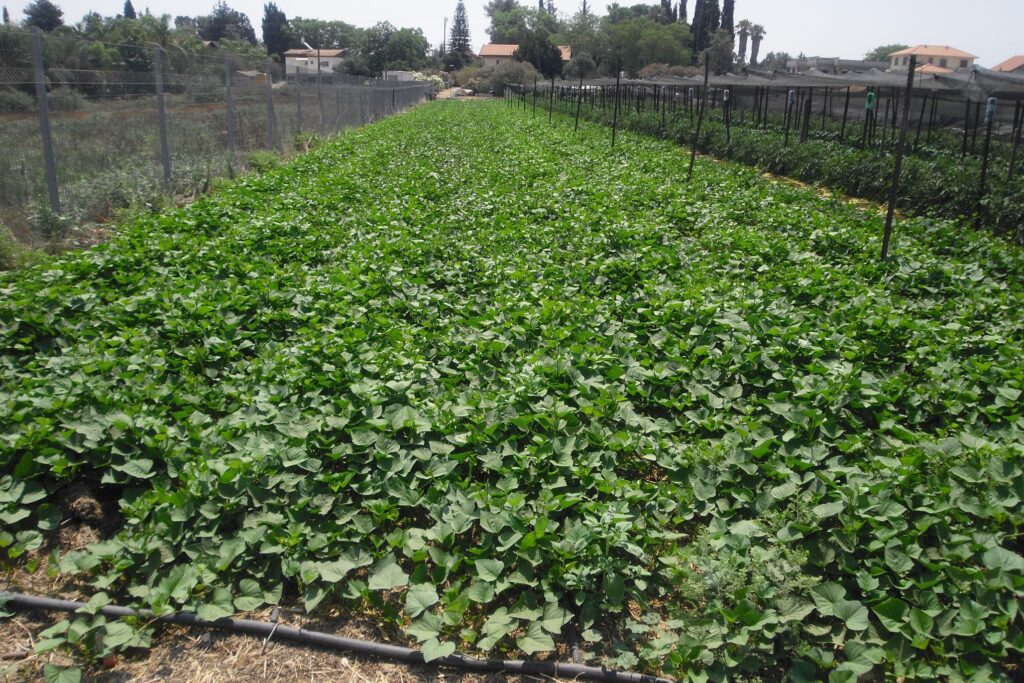This week we received a fresh supply of delectable dates from Kibbutz Samar from the new season, now collecte3d, sorted and packed. May these delectable dates sweeten the bitter times we face.
For those unfamiliar with Kibbutz Samar, it is located in the southern Arava, near Eilat. Their groves are home to a range of date varieties from which you can choose your favorites: Barhi – round, soft and very sweet, and better known in ts fresh form as a yellow date. When Samar’s farmers attempted to dry it on the tree, like other date varieties, they discovered that the dried Barhi version boasts an amazing flavor and texture. They’ve coined it “date toffee.”
Dekel Nur – longer, darker and drier than Barhi, is less sweet, and will bring a wave of nostalgia to those familiar with Yemeni or Iraqi date varieties.
Majhol – big, juicy and deliciously sweet
Samar’s dates join the pioneering dates that arrived in Chubeza last week from the Elazar Farm.

The Elazar Farm is a family farm, which actually consists of two farms – the longtime Golomb family farm, and that of the next generation, the Elazar Farm. For over forty years, Anat and Shalom Golomb have been growing organic vegetables and dates in Moshav Paran in the Arava. Sixteen years ago, their daughter Aya and her partner Elazar joined the effort by growing organic peppers and dates on their farm.
Chubeza is now offering this year’s “first fruits” to be harvested on the farm: the Majhol and Barhi dates, as we greatly look forward to enjoying the Dekel Nur variety which is next to be harvested. Elazar Farm’s dates are distinctive in their taste and juiciness thanks to being picked around a week before being fully dried, thus the fruit still holds a softness and sweetness somewhere between fresh and dried fruit. Highly recommended, along with a warning: eating these delectable dates can be habit-forming…
Oder these delectable dates, as well as many other distinctive, delicious “homegrown” products, via our Order System to be delivered in your Chubeza box.
_____________________________________________
How are you, sister, this morning? How are you sister?
This weather reminds me of oblivion.
It’s good the window’s open, you need to keep your cool
And your strength.
There’s not many reasons to rejoice, more to weep,
There’s almost nowhere to flee, you must yet wait.
A missing hand also gathers the crumbs of mercy,
And also the beatings.
When it’s hard for me to sing, and everything collapses upon my head,
Allow me to remember and remind: Forever
You have me
I have you.
We have ourselves.
There is one thing I already know by heart:
What is not born in tears, is not worth much,
What is not born in tears, will not be shortened in song
And not bring a cure.
Soon the heavens will be revealed, hide not your face,
Cease not your voice.
- Naomi Shemer
Last week, the wheat fields of Kibbutz Saad in the western Negev were sown in tears. We want to hope and pray that in several months, when the grain turns yellow and ripens, it will be reaped in joy and bring healing. Even in normal times, farmers sow their fields with a tear mixed with excitement, doubts, faith and hope that they will harvest in joy. And now, all the more so.
A Chubeza crop that teaches us a lesson in faith, imagination, and hope, as well as in prevailing over and healing, is the sweet potato (aka yam). She began visiting us in fall, orange and gorgeous, yet our journey together actually began some four months beforehand. In the beginning of May, we received a package from Kibbutz Nirim, which we opened to find this treasure:
“Well, hey there, Georgia!” we greeted our sweet potato, and happily placed the cuttings into the pre-dug mounds we’d prepared in the ground, at 15- centimeter intervals. Here’s how it looked like when we were done:
Several days later, we started to notice tiny little leaves growing on those branches. Then, lo and behold, here’s the scene after just one week:
Remember that naked branch? Look how stylishly-dressed she is now! The young seedlings began stretching out their arms, on their way to a bountiful future:
Only two weeks later, the field looks like a sea of yams, with a multitude of densely assembled leaves, branches, and a vibrant, verdant carpet of blooms, look at these gorgeous little flowers, with their characteristic Convolvulaceae family purple hue at the center.
Beneath this green carpet, silently but surely, the sweet potato plant shoots out roots which thicken in order to store nutrients for the winter. Four months after the start of the process, we begin exploring what’s happening six feet below. If need be, we turn off the irrigation (causing the sweet potatoes to grow just a little more) and when The Time Comes, we roll the lawn mower over the plots, mowing the heavy thicket from above to make life less tangled for us, and off we go, armed with pitchforks and a smile to dig up the luscious orange roots.
The origin of the sweet potato lies in tropical South and Central America. The most ancient evidence of sweet potatoes was found in Peru, from where they mysteriously traveled to the rest of Central and South America, all the way to Polynesia. Some say sweet potato seeds were carried from America to Polynesia by birds or by sunken ships that drifted away. Another assumption is that the sweet potato seeds floated along ocean currents from South America to Polynesia, as they can sprout after having been immersed in sea water. Columbus found sweet potatoes in Cuba, brought them along on his journey to Europe, from where they travelled together with the European conquerors to Africa, India and Asia.

Years of careful selection of sweet potatoes by farmers and nature have made today’s sweet potato very strong and resistant to (or at least tolerant of) diseases and pests. Sometimes the plants can be carriers of various pathogens that are not actively expressed and do not prevent the plant from growing or developing. Basically, the sweet potato hardly suffers from any ailments, and usually grows nicely over a few months’ time.
When the time has come to harvest, there is no urgency to remove the sweet potatoes from the earth right away and store them. They are well-protected within the earth, even during cold winters, thanks to the warmer temperature underground. If you remove the sweet potatoes from the earth, bring them indoors so they’re not too cold. When the outside temperature falls below 13 degrees Celsius, the storage refrigerator should be at a temperature of 13-15 degrees so the sweet potatoes do not catch cold.
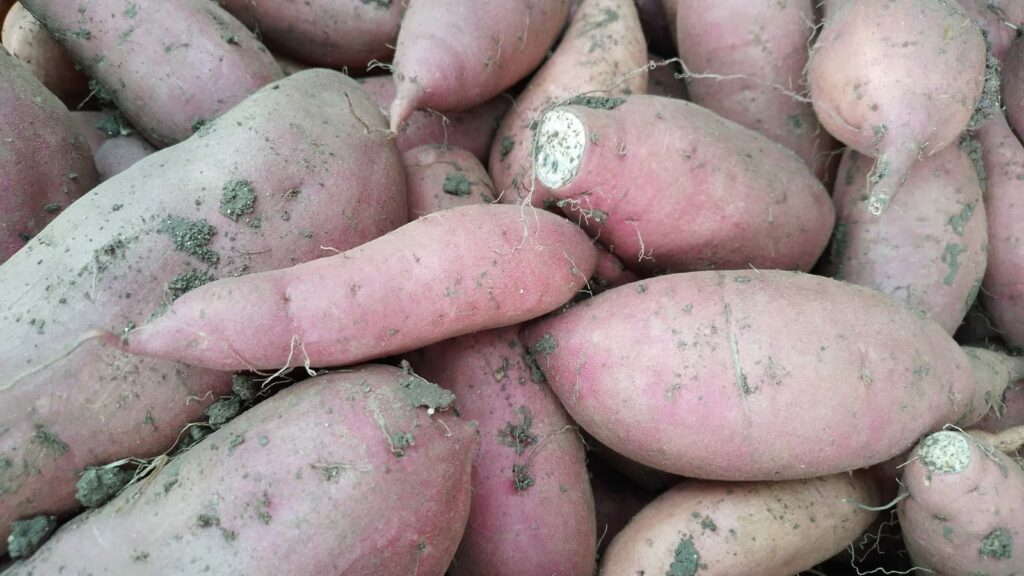
We keep our harvested sweet potatoes in the packing house for only a short time before sending them to you. Sweet potatoes that are mass-produced for industry and kept till the end of wintertime undergo a process called “curing.” They are pulled from the earth and warmed up in a room that is temperature and moisture-controlled. This process thickens their peelings and they grow scab-like skin to cover areas bruised during the digging-out process. Sweet potatoes which have undergone curing can be stored for longer periods of time. It’s also possible that your Chubeza bag of sweet potatoes will include some that have split during their growth and developed a dry, protective scab over the wound. Caress these yams and learn a lesson from them: we, too, need to develop scabs over our wounds these days…
Wishing you all a week of faith, hope and healing. May the Chanukah festival bring miracles in our day!
Alon, Bat Ami, Dror, Orin and the entire Chubeza team
______________________________
WHAT’S IN THIS WEEK’S BOXES?
Monday: Onions/scallions, lettuce, Swiss chard/kale/spinach, baby radishes/daikon/turnips, carrots/Jerusalem artichokes, cabbage/broccoli, sweet potatoes/slice of pumpkin, parsley/coriander/dill, tomatoes, cucumbers/bell peppers.
Small boxes: beets/fennel.
Large box, in addition: Arugula/tatsoi, celery/celeriac, long Thai lubia beans/shosrt Iraqi lubia/green string beans/snow peas/popcorn, kohlrabi.
FRUIT BOXES: Kiwi, apples/clementinas/pomelit, avocados, pomegranites/bananas/green apples.
Wednesday: Onions/scallions, lettuce, Swiss chard/kale/spinach, carrots, cabbage/broccoli, sweet potatoes, Jerusalem artichokes/slice of pumpkin/bell peppers/beets, parsley/coriander/dill, kohlrabi/fennel, tomatoes, cucumbers. A gift for all: Arugula/tatsoi
Large box, in addition: Baby radishes/daikon/turnips, celery/celeriac, long Thai lubia beans/shosrt Iraqi lubia/green string beans/popcorn.
FRUIT BOXES: Kiwi, apples/clementinas/pomelit, avocados, pomegranites/bananas/green apples.


